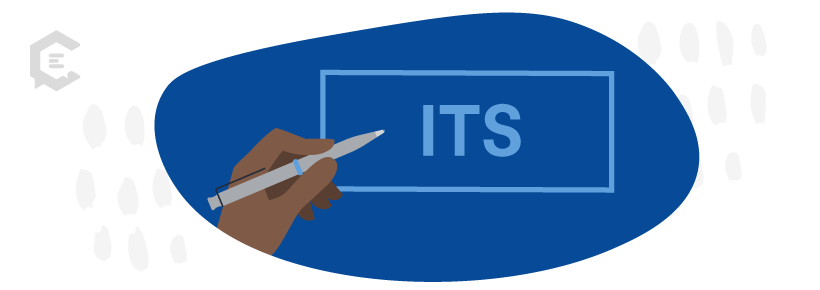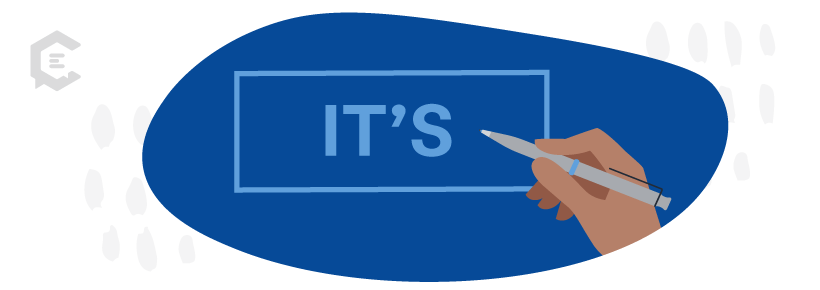Here is a pet peeve: the 1970’s. Or, as abbreviated, the 70’s. Knowing how to use apostrophes is important — yet, many people get it wrong every day. Think about how often you write — whether it’s a blog post, video caption, email, social media post, or presentation.
This is why having a basic grasp of grammar is crucial.
As the above example illustrates, the mistaken apostrophe is not a result of the decade itself. Instead, it is the result of an apostrophe mishap that happens a lot.
How to use apostrophes properly
The punctuation actually comes from the Greek apostrophē, which is loosely translated to mean “the act of turning away.” The apostrophe first surfaced as a grammatical device in the 1500s; by the 17th and 18th centuries, this tricky mark was used to indicate possession.
These days, the apostrophe has two uses in English grammar: It indicates possession or contraction.
The possession
Do you want to use a possession apostrophe? Consider whether something belongs to the noun of importance to help you understand how to use apostrophes correctly. In other words:
- The man’s suit = suit of the man, or belonging to the man.
- The dogs’ toys = toys of the dogs, or toys belonging to the dogs (lucky canines). Notice that when there is more than one person, place or thing—as is the case with plural nouns—the apostrophe is placed after that last “s.”
Interestingly enough, “its” is also used as a possessive, but WITHOUT an apostrophe. Same thing with “your.” These, and similar others, are possessive pronouns, versus regular nouns.
Welcome to the English language.
The contraction
Apostrophes are also used to shorten words. The punctuation mark takes the place of deleted words, also called contractions.
For example:
- Can’t for cannot
- You’re for you are
- Shouldn’t for should not
And finally . . . it’s for it is. In this particular case, the apostrophe IS used.
Apostrophes indicate possession and contractions. Returning to the opening paragraph of this article, the apostrophe is used only for a two-digit year, and only in front of the numerals.
Specifically: The ‘70s. Not the 70’s. Nor the 1970’s.
Tired of worrying about tricky grammar rules for your marketing content creation? Talk to a content specialist at ClearVoice about developing high-quality, grammatically correct content for your brand today.





